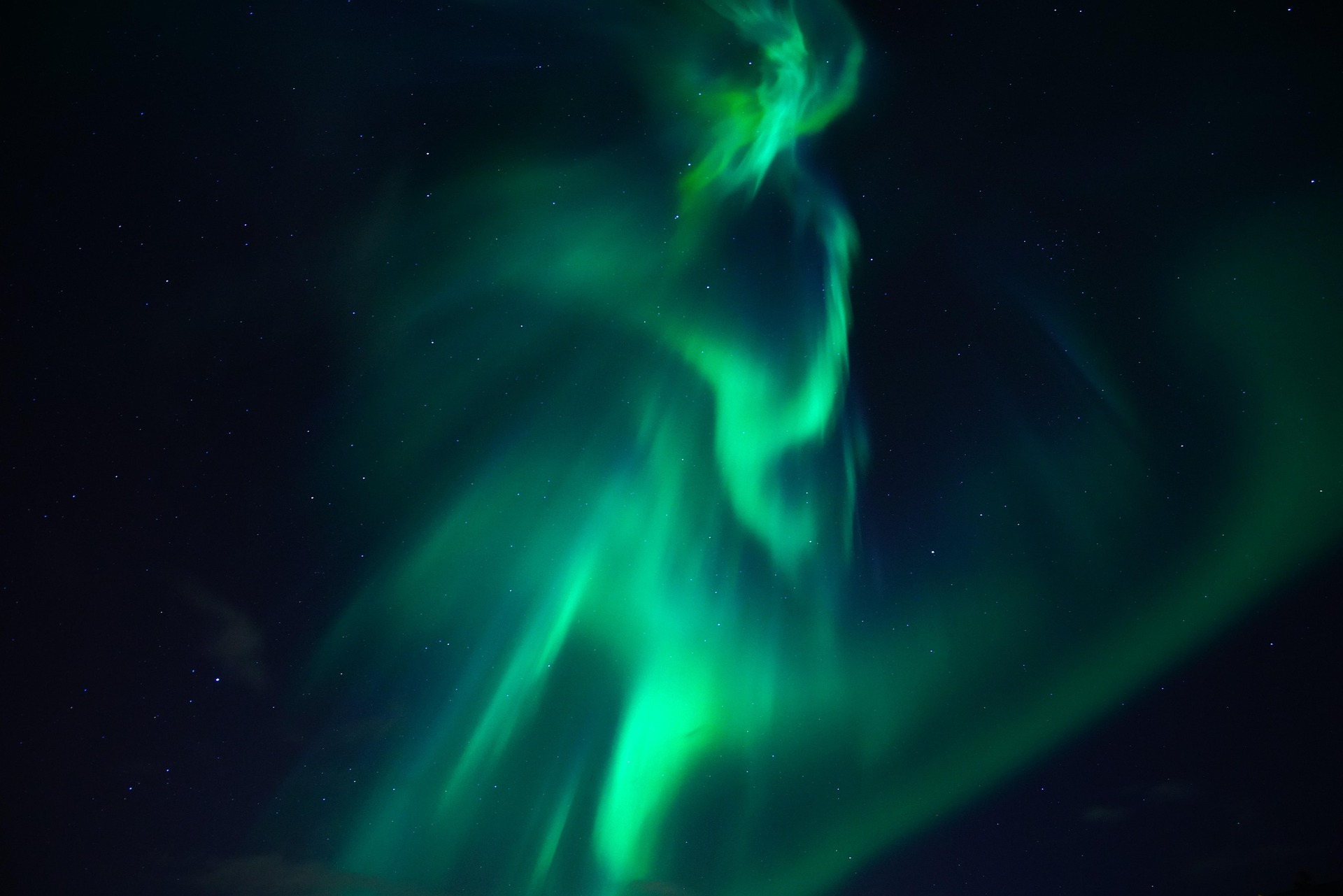Media release
From:
The Earth’s magnetic field quietly supports life on the planet and now, for the first time, its invisible powers have been used to create new nano particles and materials.
Scientists at Flinders University have embarked on a bold journey into uncharted waters, challenging long-held views in physics by demonstrating how the ever-present magnetic field influences fluid flow.
The Australian experts, with collaborators in the US, the UK and China, say new data based on modelling in the high-speed vortex fluidic device (VFD) creates exciting possibilities in nano-processing and sustainable green chemistry.
The new journal article in Small collects evidence from five locations around the world to show how nanomaterials form right-handed and left-handed structures in relation to the placement or orientation of the fluidic flow device – by rotating the tube clockwise and anticlockwise.
“Put simply, we found that fluid flow coupled with magnetic fields can result in the preference of one chirality (left- or right-handed helix structures) over the other,” says Professor of Clean Technology Colin Raston, from the Flinders Institute for Nanoscale Science and Technology at Flinders University.
“The Earth’s magnetic field is not innocent or innocuous. Not only does it help birds migrate around the world but also can be a positive force for human endeavours.
“Our experiments in the Southern and Northern hemispheres demonstrate its potential power and we’re now looking at how this can be used in making chiral molecules, macromolecules and materials, simply by altering the processing parameters of the VFD.”
Professor Raston invented the vortex fluidic device (VFD) almost 15 years ago to explore the multiple capabilities of high-shear fluid flow in a rapidly rotating tube - recently established as double helical flow and typhoon-like flow.
Its unique design has led to new techniques for developing better pharmaceuticals, novel nano particles and industrial processing, more natural cosmetics, water purification – and other applications – using less energy and fewer or no regular solvents or toxic chemicals.
One of the VFD's first high-profile 'breakthroughs' was to ‘unboil an egg’ or separate interacting proteins, resulting in a global Ig Nobel Prize in 2015. It then was shown to be a useful tool in nanomaterial production by breaking the strong bonds in carbon nanotubes – one of the world's toughest materials – and later to extract DNA, develop rapid disease biomarkers and manipulate immiscible fluids and separate oil from water without chemicals. (https://www.youtube.com/watch?v=hcLN3wtLVTY)
Building on these earlier discoveries, this latest study reveals how the microfluidic device's rapid water flow can be adjusted to the regular magnetic field controls, resulting in some surprising and potentially game-changing results.
"The findings also highlight the potential for optimising processing outcomes by exploring the complete 3D space for applied magnetic fields including potentially useful components in quantum devices for manipulating photons and electrons,” says Professor Raston.
"In addition to its environmental benefits, by significantly simplifying nanofabrication processes, VFD processing has created novel metamaterials that have not been made before with strong potential in quantum technologies."
The article, ‘Chiral Lemniscate Formation in Magnetic Field Controlled Topological Fluid Flows’ (2025) by Matt Jellicoe, Zoe Gardner, Amjad EH Alotaibi, Kaylee E Shoemaker, James M Scott, Shiliang Wang, Badriah M Alotaibi, Xuan Luo, Clarence Chuah, Christopher T Gibson, Shan He, Kasturi Vimalanathan, Jason R Gascooke, Xianjue Chen, Alison Rodger, Han Huang, Scott J Dalgarno, Elsa Antunes, Gregory A Weiss, Qin Li, Jamie S Quinton and Colin L Raston has been published in Nano-Micro Small (Wiley-VCH GmbH) journal. DOI: 10.1002/smll.202409807
Multimedia




 Australia; International; NSW; QLD; ACT
Australia; International; NSW; QLD; ACT


